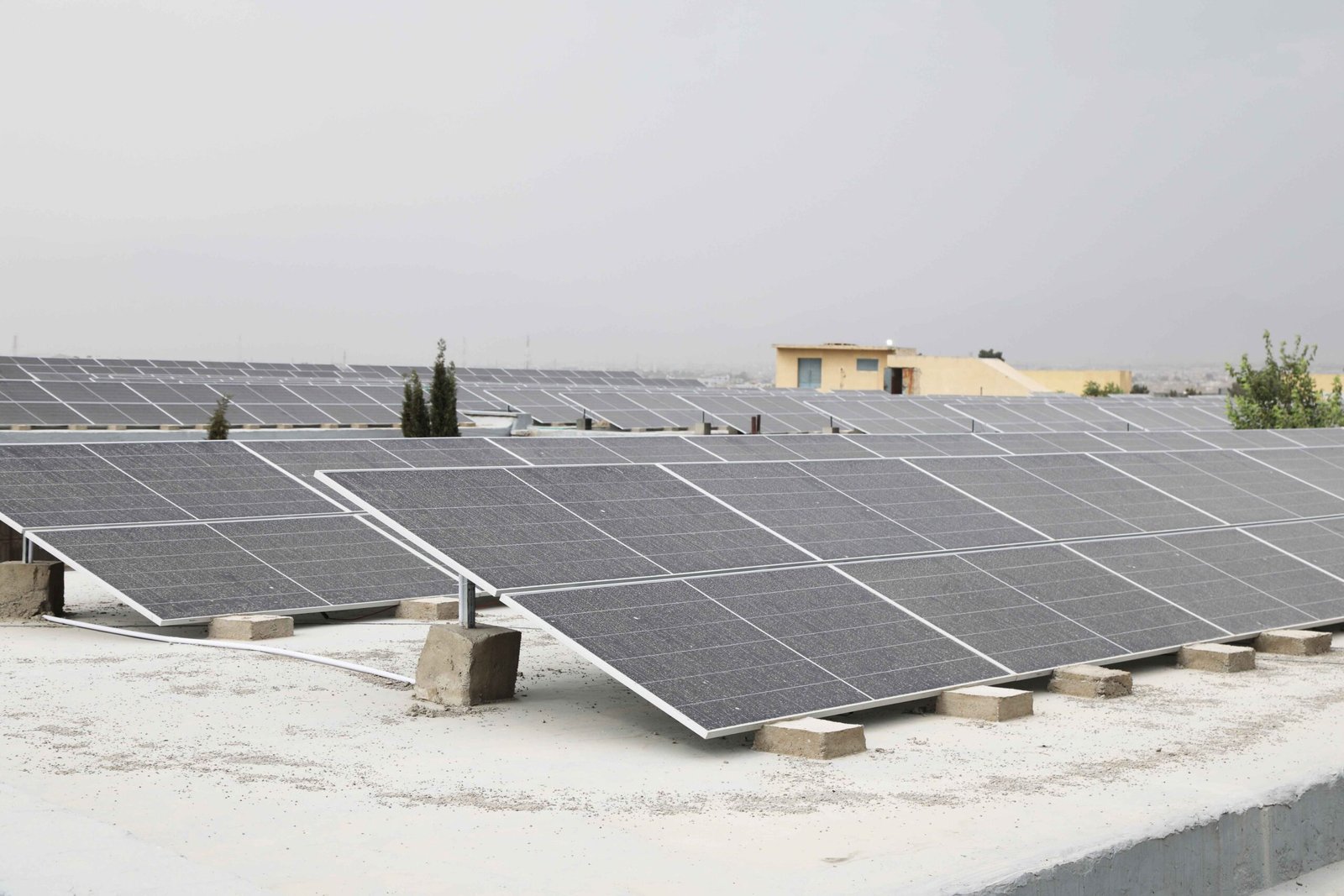UNHCR and LONGi Power Balochistan Hospital with Solar Energy
When you think of solar energy, sprawling desert farms or suburban rooftops might come to mind. However, solar energy also plays a vital role in powering hospitals in refugee settlements. That’s exactly what the UNHCR and LONGi are achieving with their recent collaboration.
Why Solarize a Hospital in Balochistan?
Balochistan’s energy grid is plagued by frequent outages, posing significant risks to patients, especially in critical care units. LONGi’s Hi-MO 5 solar panels ensure uninterrupted power supply to the hospital. This system is expected to produce approximately 1.16 million kilowatt-hours of electricity annually, enough to power 200 Pakistani homes for a full year. Such initiatives are crucial in understanding the importance of solar energy in humanitarian relief.
Technical Details of the Project
LONGi implemented bifacial panels that can capture sunlight from both sides, increasing the yield by 15%. The setup also includes SMA inverters designed to handle Balochistan’s extreme temperatures without issues. Initially, locals were skeptical about the cost-effectiveness of solar energy until they witnessed an 80% drop in diesel generator bills in the first month.
Addressing the Dust Storm Challenge
Dust storms were a significant challenge during the planning phase. LONGi addressed this by applying an anti-soiling coating to the panels and partnering with UNHCR to train refugees as technicians for panel maintenance. This not only helps in maintaining the efficiency above 90% but also creates job opportunities.
Ripple Effects of the Project
The impact of this project extends beyond just providing electricity. It ensures that vaccines are kept cold, surgeries can proceed safely, and children can study after sunset. Similar to Tesla’s microgrids in Puerto Rico post-Maria, this project demonstrates the potential of solar energy in emergency situations.
A Larger Impact
With improvements in Pakistan’s net metering policies, similar models could be adopted more widely. If a hospital in a conflict zone can achieve grid parity, imagine the potential for schools and water pumps. The term ‘hybrid’ here refers to the combination of solar power and diesel generators, where the latter serves as a backup rather than the primary source of energy.
The success of this project is a testament to the advancements in India’s rooftop solar revolution under BEEM’s leadership and its applicability in various challenging environments.
When someone refers to solar energy as ‘alternative,’ projects like this in Balochistan prove that it can be the primary and most reliable source of energy for communities in need.






